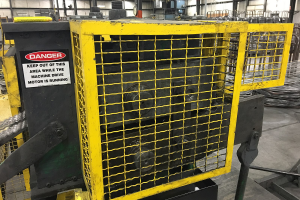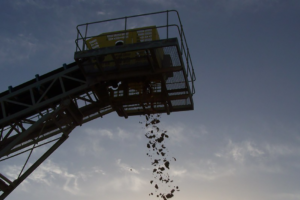OSHA appears to be focusing on energy control procedures
Based on recent calls, OSHA appears to be turning a spotlight on companies that use energy control circuitry during tasks that are routine, repetitive and integral to their operations.
As most readers know, OSHA requires lockout/tagout to control potentially hazardous energy or unexpected startup during service and maintenance work. OSHA has also said that “Setting up is not considered utilization of a machine or equipment and is classified as servicing and/or maintenance, rather than normal production operations.”
For purposes of this blog, we’ll only discuss lockout. Lockout procedures must assure the primary energy source is disabled and locked. The use of control circuitry is not allowed for tasks where lockout is required. However, minor tool changes and adjustments, and other minor servicing operations, which take place during normal production operations, are not covered by the standard if they are routine, repetitive, and integral to the use of machines or equipment for production, and if work is performed using alternative protective measures which provide effective employee protection. Lockout/tagout is not required when each of these elements exists and employees may perform servicing and maintenance activities with the machine or equipment energized.
But how do you know whether your tasks meet these criteria?
A process to follow
The good news is that there is a process a company can follow to answer the question. In a 1999 letter to the UAW and General Motors, OSHA said that the company and union had used a Task Based Risk Assessment methodology through which a Monitored Power System (MPS) was incorporated into specific equipment. (A Monitored Power System is circuitry using control reliable safeguarding.)
In the letter OSHA stated:
“…an MPS, which meets the above referenced ANSI (B11) consensus standards on control reliability and control component failure protection, would provide alternative safeguarding measures, which constitute effective employee protection. Thus, such an MPS may be used to protect employees who are performing minor tool changes and adjustments, and other minor servicing activities, which take place during normal production operations, provided that each element of the §1910.147(a)(2)(ii) exception is met. In other words, the MPS system may be used in cases in which minor tool changes and adjustments, and other minor servicing activities, are performed during normal production operations, and are routine, repetitive, and integral to the use of the equipment for production…”
FDRsafety Senior Advisor Mike Taubitz is a a long-time member of the B11 Accredited Standards Committee. He also assists companies in conducting a task based risk assessment to determine if lockout/tagout or alternative safeguarding is needed for effective employee protection.



1 Comment
Accidents can happen even during minor, routine maintenance. That’s why there are alternative protective measures in place. It’s best to double check that all your “routine” checkups are in compliance.